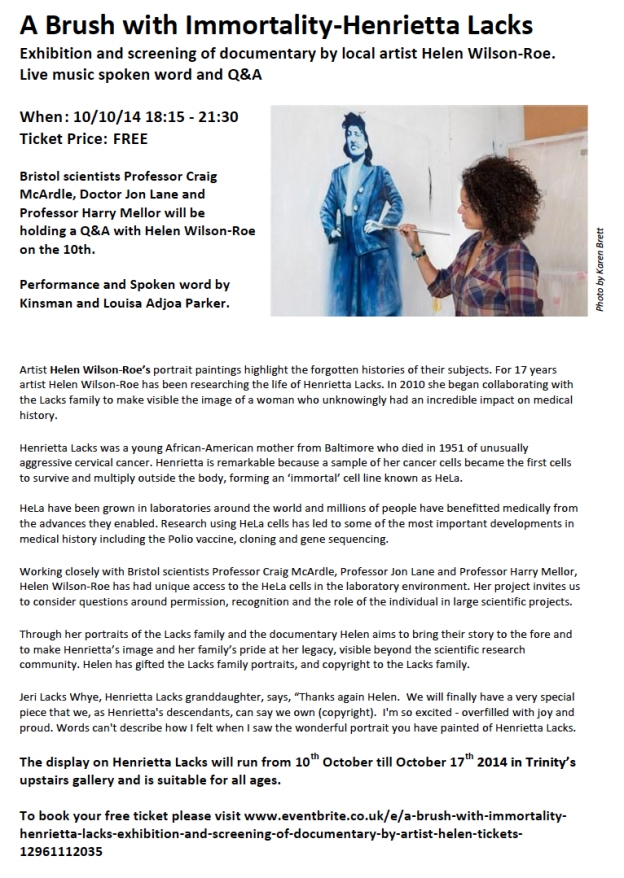The Lane Lab is interested in how cells cope with damage and stress. One way that they do this is by consuming parts of themselves in a form of self-canabolism that allows them to survive until conditions improve (scientists call this “autophagy“). If conditions are too severe – if a cell becomes so badly damaged, for example if damage to the genetic material cannot be repaired – then cells opt for a rather different pathway, that of suicide. Our under standing that cells have an inherent, internal suicide programme (scientists call this “apoptosis“) opened the door to a much better understanding of how cells die in degenerative diseases like Parkinson’s, and how cells can grow and multiply in an aggressive, sustained manner in cancer. Our work focuses on how autophagy is controlled in cells, and how autophagy (cell survival) and apoptosis (cell death) are cooperatively regulated in cells.
standing that cells have an inherent, internal suicide programme (scientists call this “apoptosis“) opened the door to a much better understanding of how cells die in degenerative diseases like Parkinson’s, and how cells can grow and multiply in an aggressive, sustained manner in cancer. Our work focuses on how autophagy is controlled in cells, and how autophagy (cell survival) and apoptosis (cell death) are cooperatively regulated in cells.
Our work is carried out in non-cancer cell-lines, in primary human erythroid cells (red blood cell precursors), and increasingly, in human patient-derived induced pluripotent stem cells that we turn into neurons (brain cells) in the lab.

The Lane Lab is always happy to contribute to outreach activities, and we recently became involved with the outstanding work of a local Bristol artist, Helen Wilson-Roe, who has painted portraits of the Lacks family (relations of Henrietta Lacks whose cells were used without her consent to generate the pseudo-eponymous HeLa cell-line). With two other Bristol Colleagues, Jon gave a presentation and Q&A session at the Science Museum, Dana Centre prior to the launch of Helen’s Science Museum Lacks display, then later at the Trinity Centre in Bristol where Helen’s documentary was aired and her paintings displayed. See more about Helen and her work here https://www.youtube.com/watch?v=P5FSNLlzyn4 here https://www.youtube.com/watch?v=wYHsiIZ2hVk and here http://www.helenwilsonroe.com/a-brush-with-immortality/fnumbyvmito7ip0bo5hk78aiebnvtb


